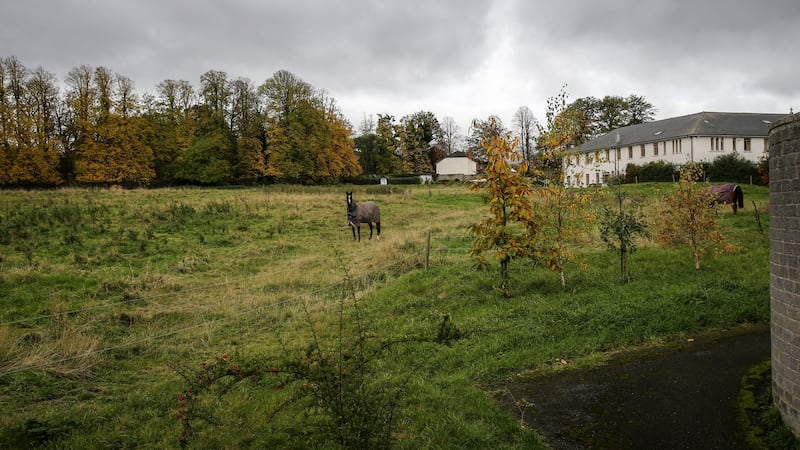A community of nuns in Dublin has avoided having to pay a vacant site levy by claiming a meadow was used as a location for exercise and prayer.
The Carmelite order has successfully challenged a decision of Dún Laoghaire-Rathdown County Council to place an overgrown field they own near Stillorgan on the vacant site register in December 2018.
The nuns claimed a circular path surrounding the site at the Carmelite Monastery of St Joseph on Kilmacud Road Upper was in regular use for exercise and prayer.
The local authority believed the 1.64 hectare site should be registered as vacant as it was not in use and situated in an area where there was a need for housing as well as being zoned for residential development.
The council also noted that only 1.85 per cent of its administrative area’s housing stock was for sale or rent in October 2018, with the average three-bed home costing €567,110 or €2,612 in monthly rent.
Council officials claimed the land was not being used in the most efficient and effective manner possible, and that it was not being put to the most productive and appropriate use in the interests of the common good.

They said an inspection of the site found minimal evidence that the site was being used for amenity purposes.
While the council said the meadow might provide an environment “conducive of tranquil reflection, passive thought and allow for silence and solitude”, it did not consider that should be a basis for allowing a greenfield site zoned for residential development and located in a built-up suburban location to remain vacant.
The contemplative order appealed the decision to An Bord Pleanála, claiming zoning allowed for a residential institution.
Nuns’ case
The Carmelites pointed out that a site should not be deemed vacant under planning legislation if the most recent purchase of the land occurred before it was zoned for residential use.
They said they had owned the land since 1892 and its retention was most important for the longevity and amenity of the Carmelite order.
The nuns said the site was in active use as both a residence and a place of worship.
As a contemplative order, they said reflective prayer was done in the grounds of the monastery.
In upholding the appeal by the Carmelites, An Bord Pleanála ruled the meadow was part of the nuns’ “home” under planning legislation.
The board said the area of land was a garden used for amenity purposes associated with the Carmelite community and was therefore not vacant or idle.
It also found there was an absence of sufficient appropriate records to support the council’s contention that the meadow was vacant for a 12-month period before it was placed on the vacant site register as the local authority had relied in part on Google Earth aerial photography.
An inspector with An Bord Pleanála said the site was “an integral part of the monastery complex”.
Under legislation, the owner of lands registered as a vacant site was liable for a levy of 3 per cent of its market value this year with the rate increasing to 7 per cent from January 2020.








